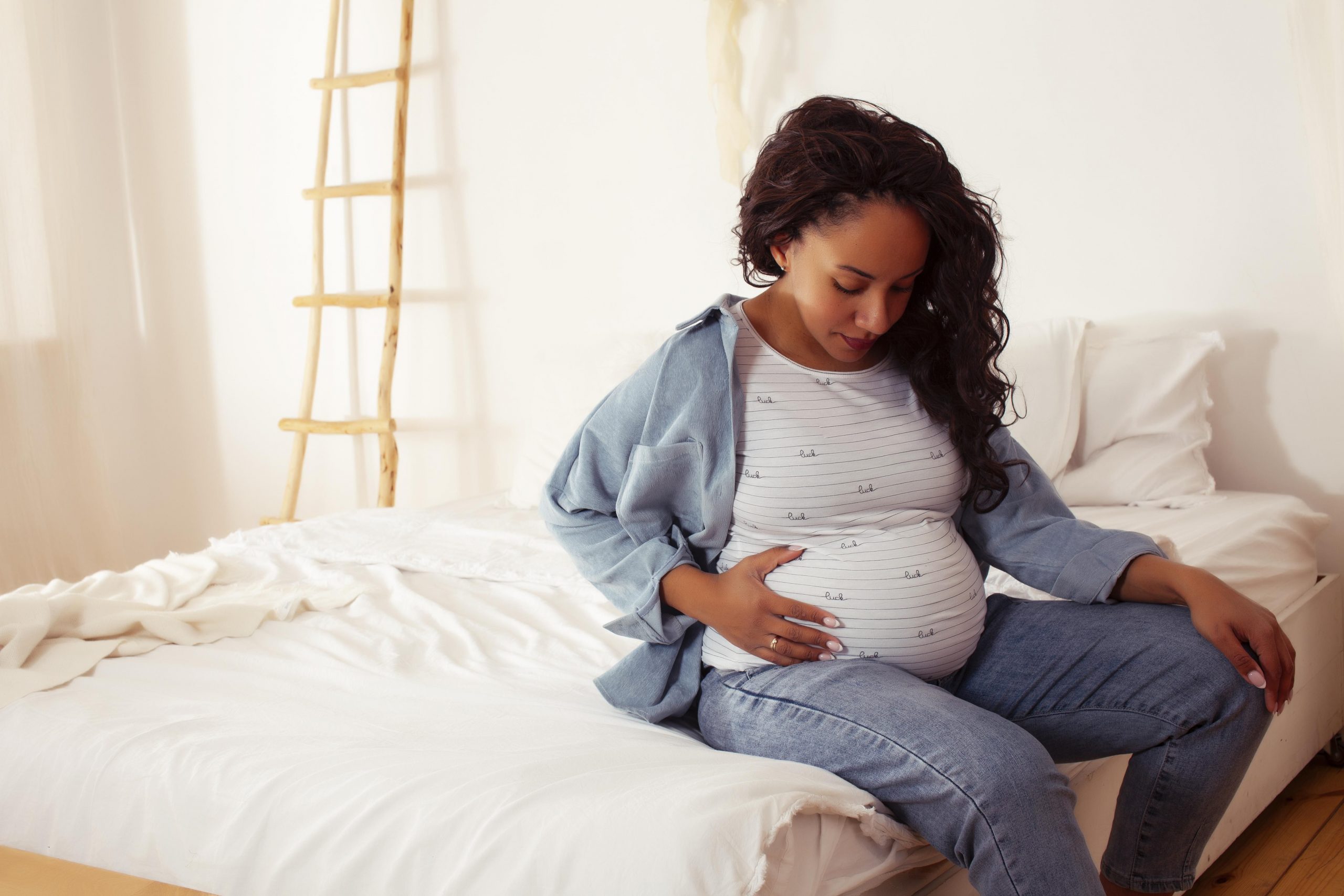
THURSDAY, Aug. 31, 2023 (HealthDay News) – Scientists have spotted an elevated risk of stroke in women who became pregnant after fertility treatments. Although the absolute number of strokes reported in the new study were low, women seeking fertility treatment should be made aware of the increased risk, said senior study author, Dr. Cande Ananth,… read on > read on >










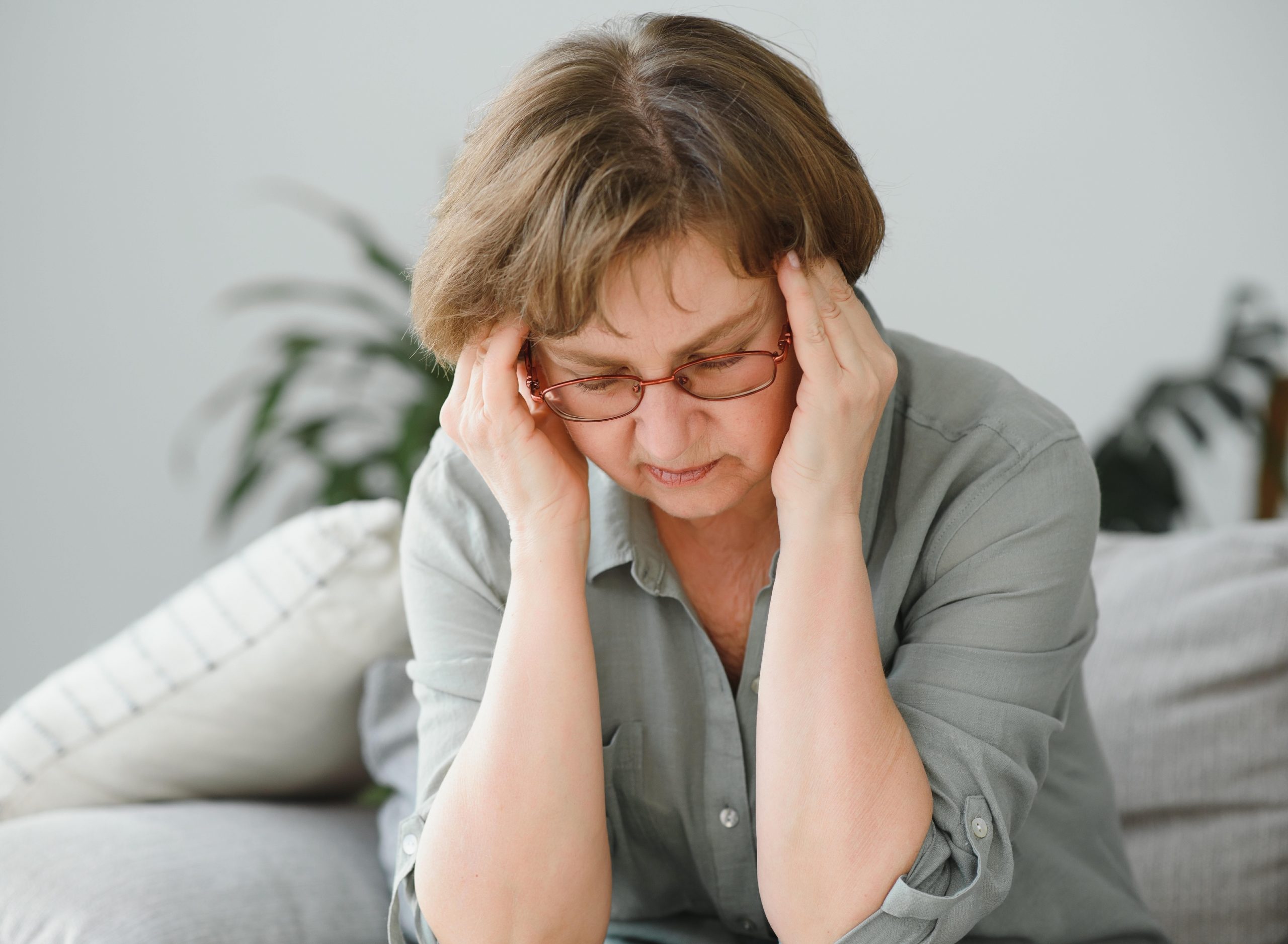
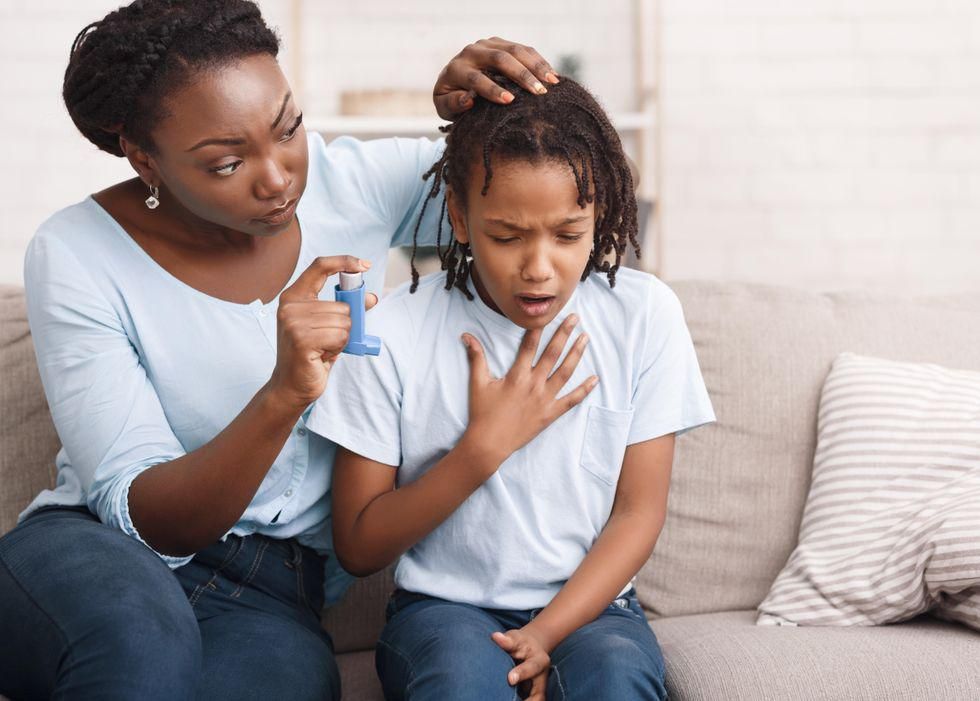
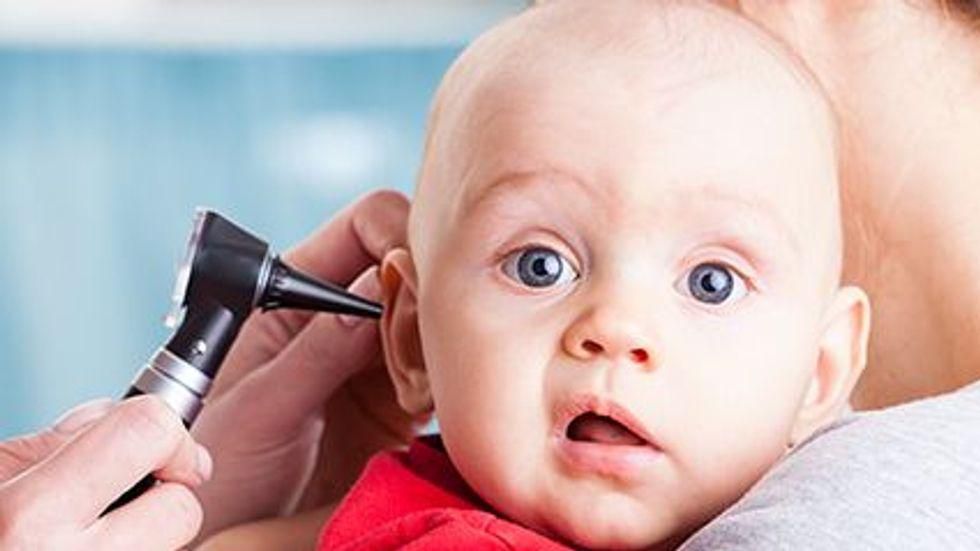
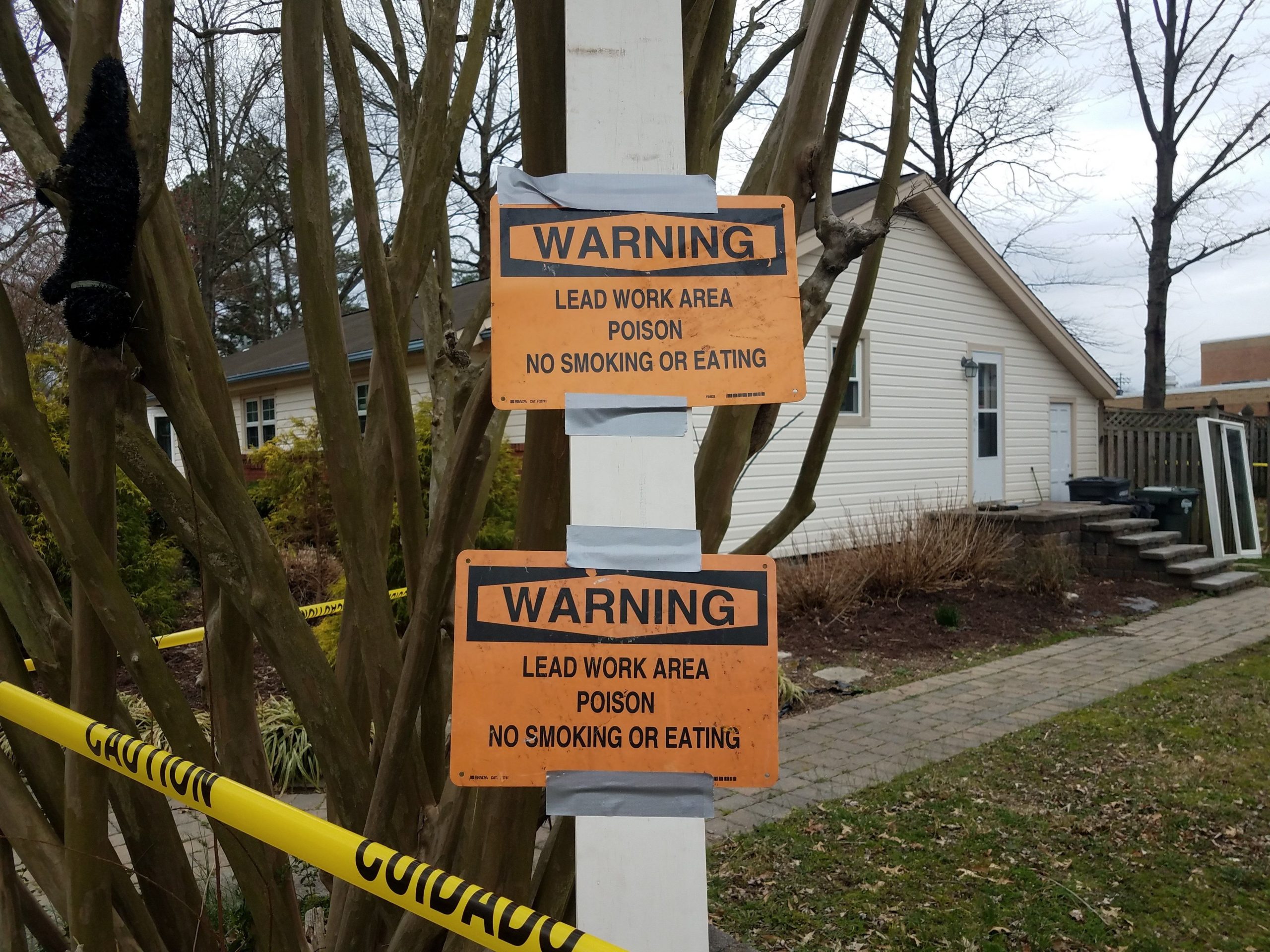
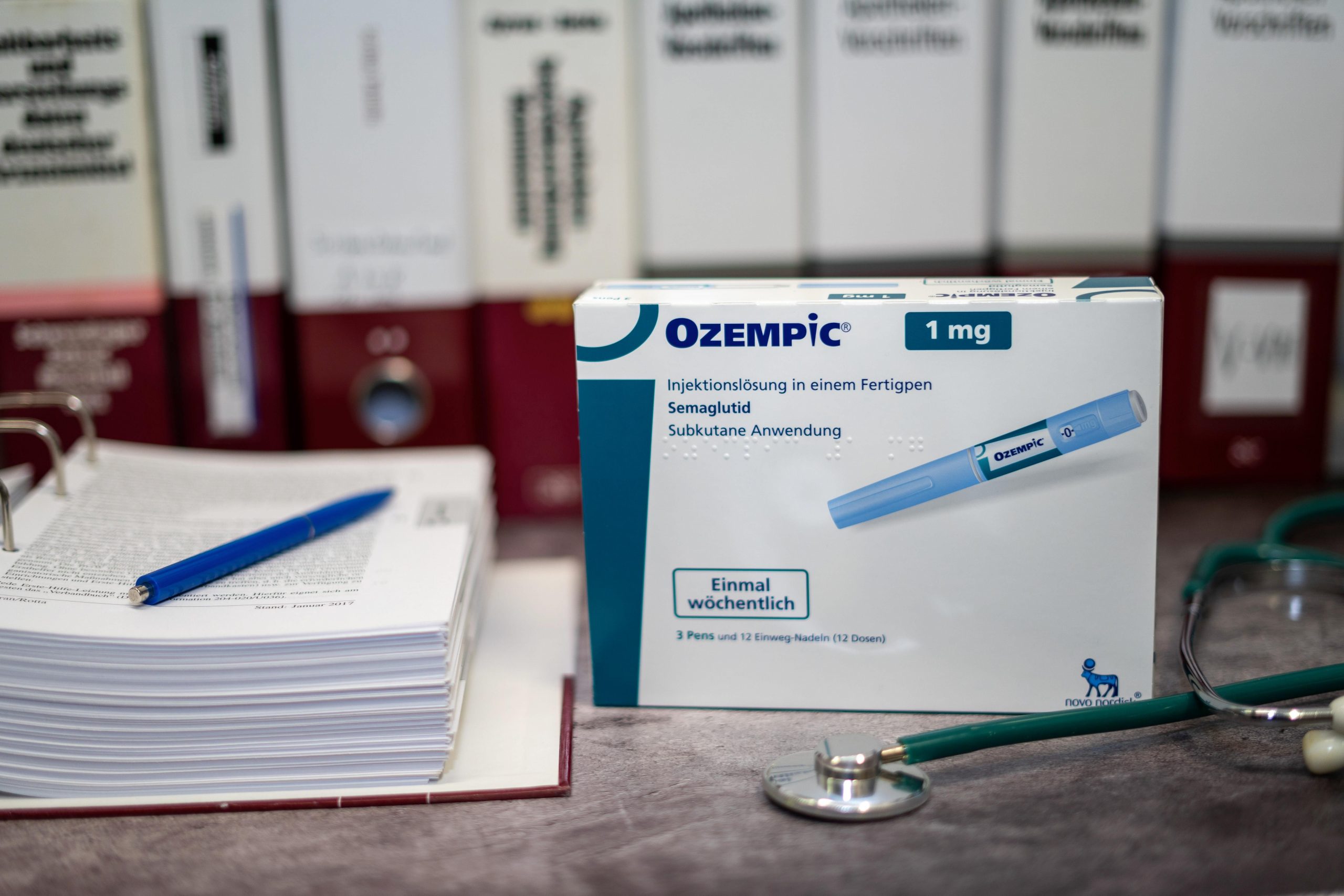
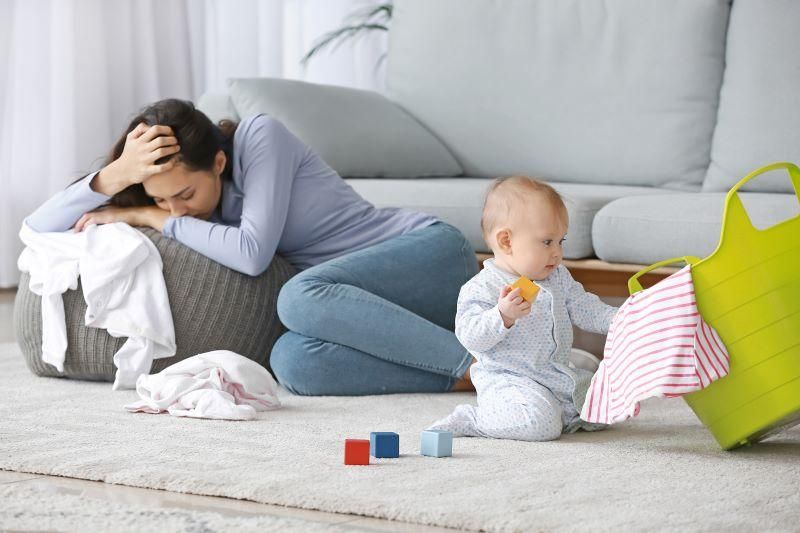
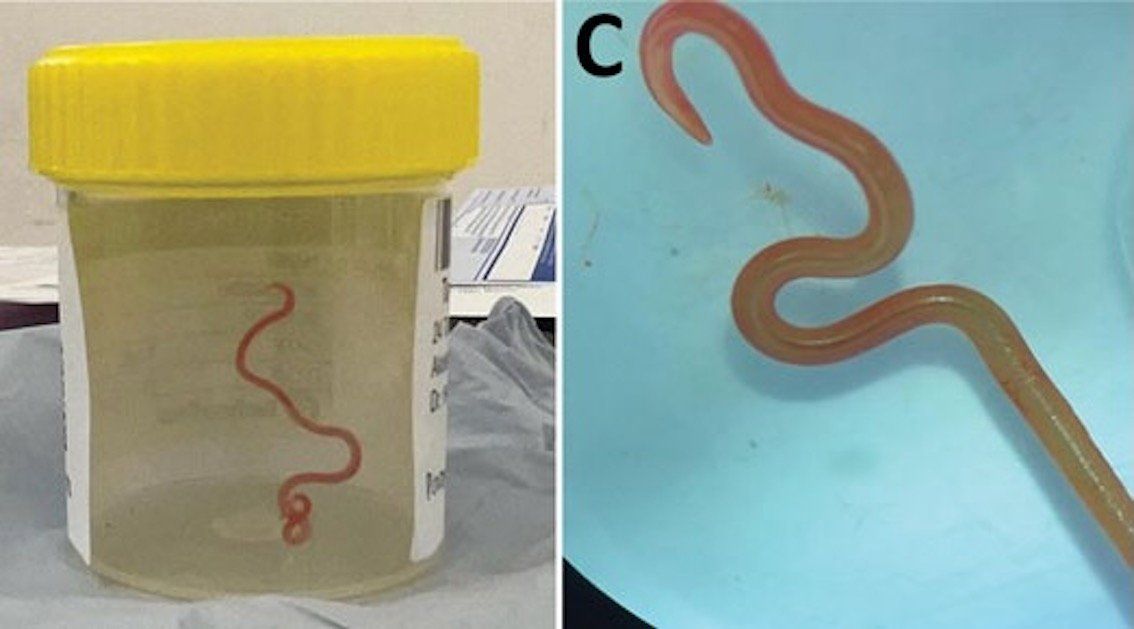
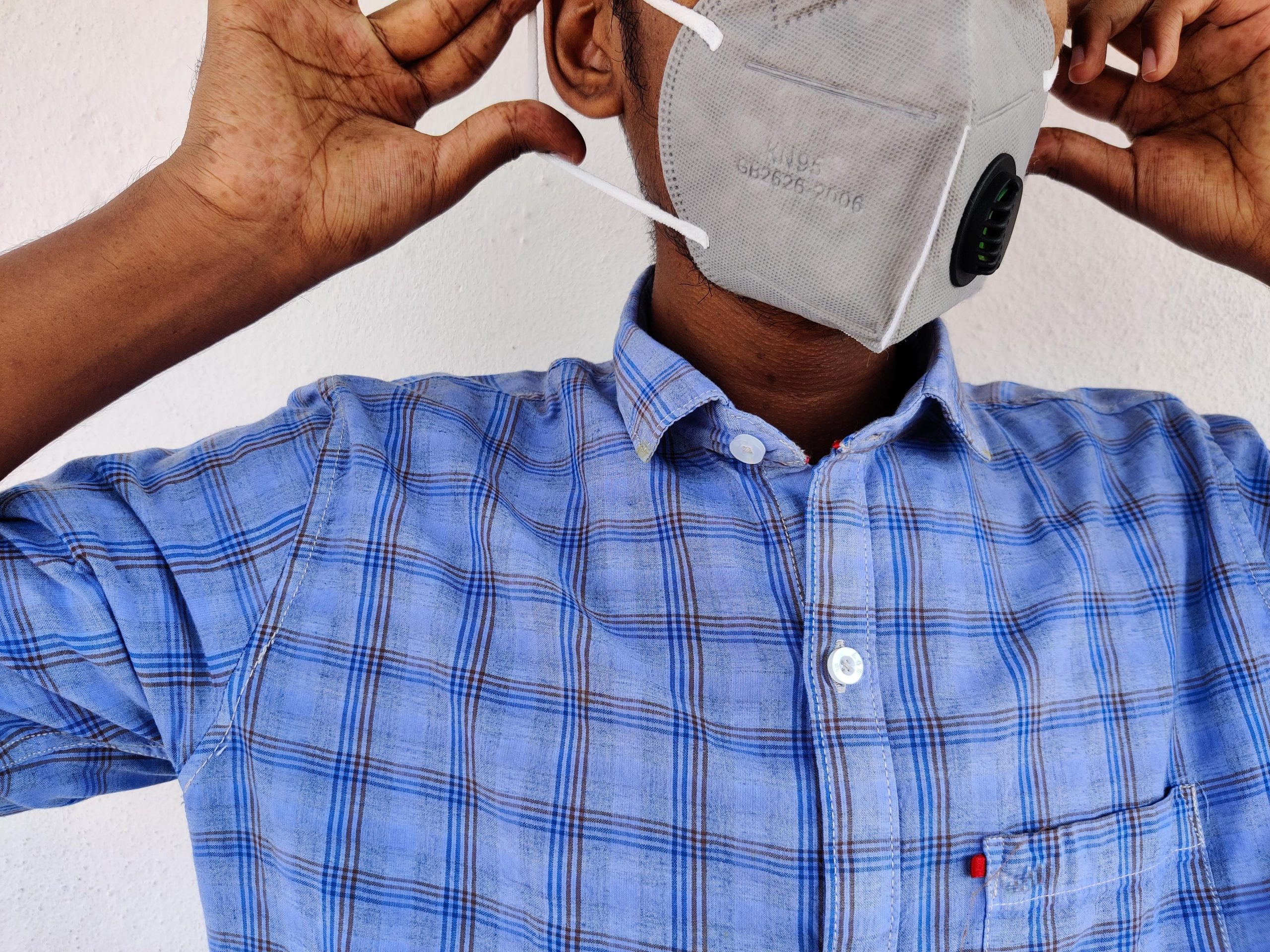
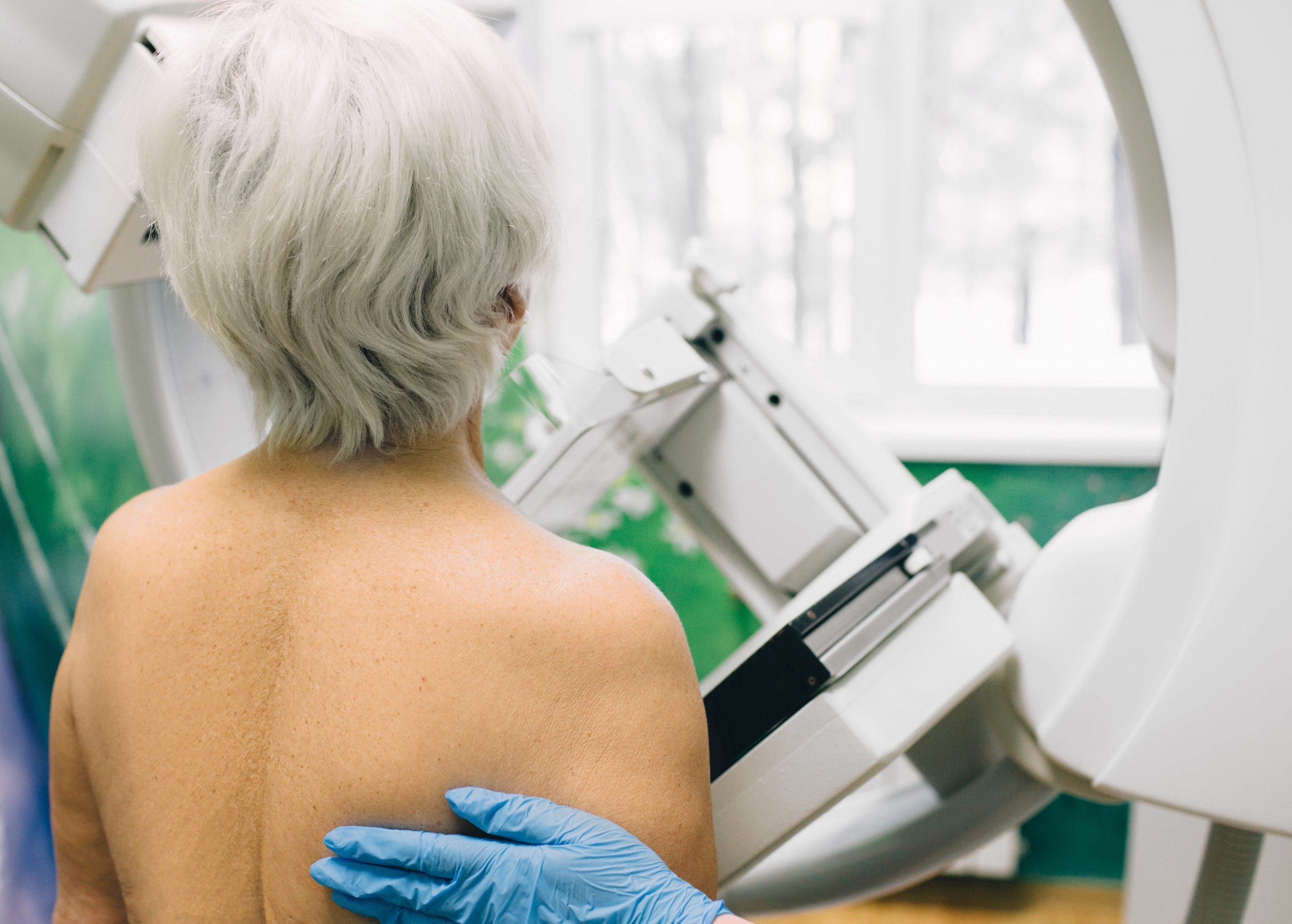






-300x200.jpeg)




